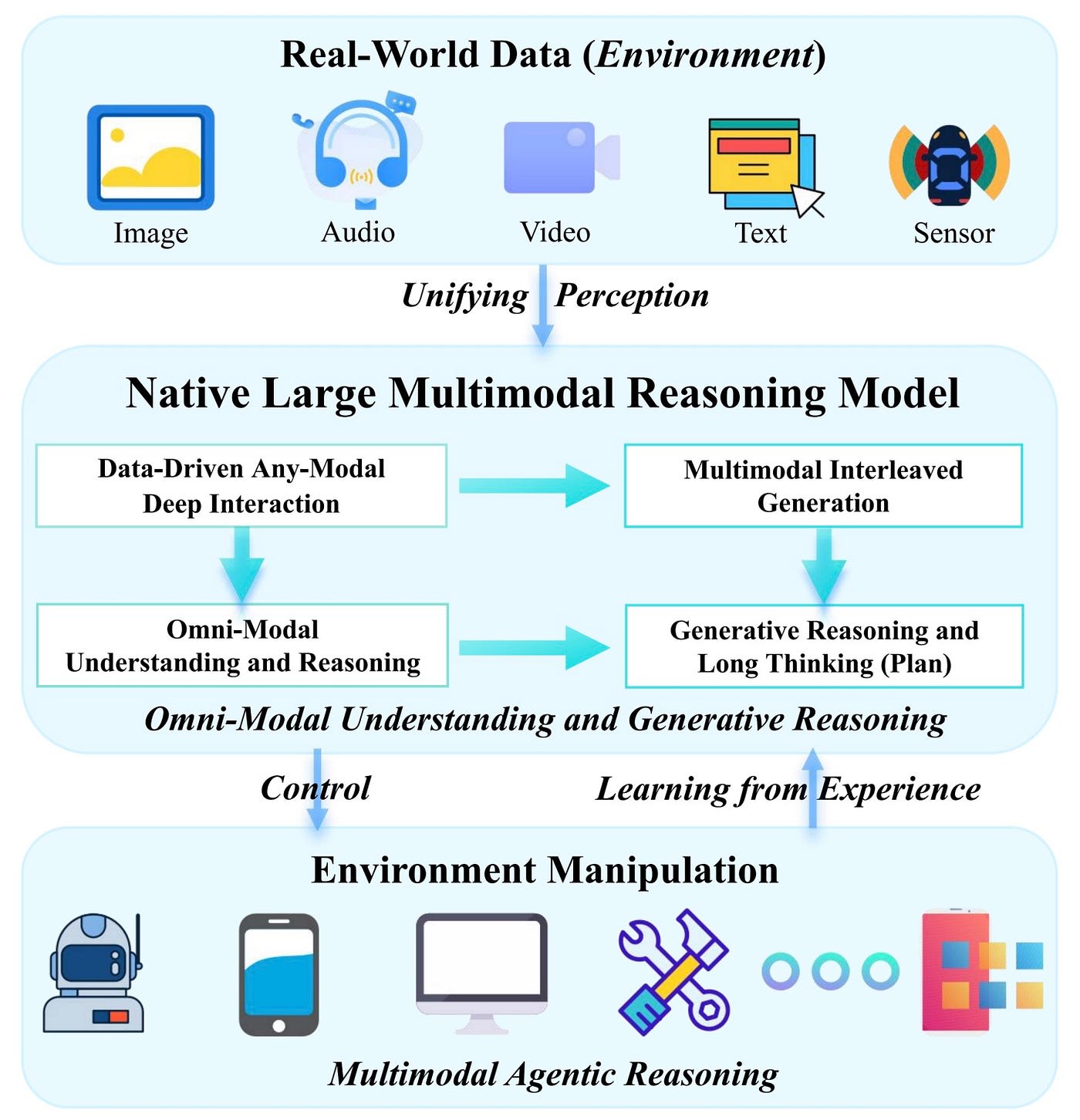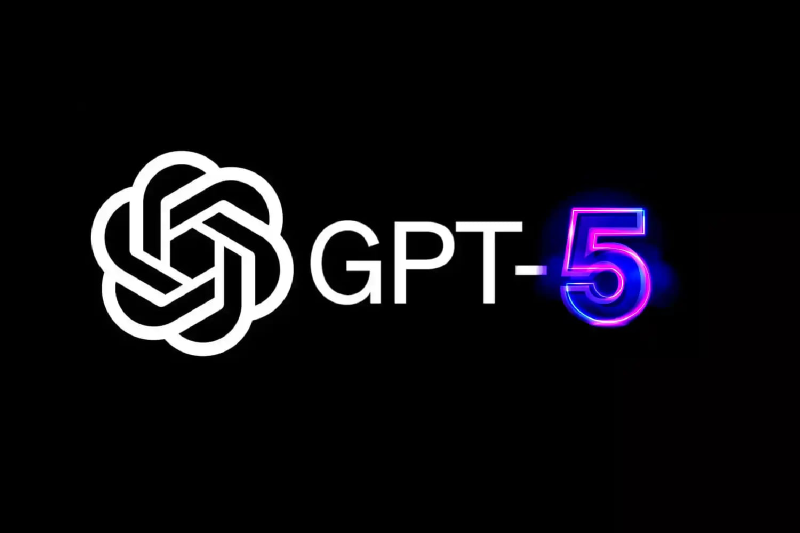The Big Picture: From Chatbot to Autonomous Colleague
Twelve months ago, ChatGPT felt like a clever sidekick. GPT-5 repositions it as a full-blown co-worker—one that sees, hears, codes, and acts on its own. Built on a Mixture-of-Experts backbone, the model routes each task to the best-suited “expert” subnetwork, blending System 1 speed with System 2 logic. In plain English: lightning-fast answers for trivia, surgical reasoning for thorny problems, and none of the manual model-switching that frustrated power users.
7 Breakthroughs You’ll Notice on Day One
Omnimodal I/O
Text, images, audio, and now native video feed into one conversation—no context hopping required.Million-Token Memory
Upload entire codebases or legal tomes; GPT-5 keeps track without losing the plot.Autonomous Tool Chaining
Need a market forecast and slide deck? The agent decides when to search the web, crunch numbers in Python, and call DALL-E for charts—then stitches the output together, unsupervised.Near-PhD Reasoning
Early testers report an 83% success rate on International Math Olympiad qualifiers—up from GPT-4’s 58% ceiling.One-Shot Coding
HumanEval pass rate jumps to 87.5% with minimal iteration, shaving hours off prototyping loops.Sub-3-Second Latency
Optimized routing means answers arrive faster than you can refill your coffee.Fewer Hallucinations
System-2 checkpoints plus live fact-checking cut fantasy answers dramatically, boosting enterprise trust.

Why SaaS Founders Are Nervous—and Fortune 500 CIOs Are Thrilled
The SaaS economy thrives on single-purpose apps. GPT-5 acts like a Swiss-army platform, capable of CRM updates, spreadsheet analysis, copywriting and project tracking in one chat thread. Analysts warn this consolidation could gut subscription sprawl—and shift budget toward high-value meta-agents that orchestrate work across silos.
Real-World Playbooks
1. Marketing Ops
Ask GPT-5 to “plan a product-launch funnel.” It will:
- scrape competitor ads (web search)
- segment your customer list (code exec)
- draft multichannel copy (text gen)
- design hero images (DALL-E)
- all before lunch.
2. Finance Teams
Feed last quarter’s ledger and a Fed press-conference video. GPT-5 parses tone, forecasts rate impacts, reruns your model, and emails a risk memo to the CFO.
3. Dev Shops
Describe the feature, paste an API spec, and let GPT-5 ship a tested micro-service. Human engineers shift to code review and UX polish.
Implementation Tips (Before the Gold Rush)
- Start with low-risk pilots: internal dashboards, summarization, data cleanup.
- Map multi-step workflows; think verbs (“research, analyze, draft, design”) not prompts.
- Keep a human-in-the-loop for anything legal, medical, or reputation-critical.
- Budget for GPU spikes; early capacity crunches are likely during peak U.S. hours.
The Ethical Curveball
CEO Sam Altman compares GPT-5’s debut to the Manhattan Project—because users pour “their most personal sh**” into chats that aren’t legally protected. Before you unleash this agent on customer data, draft iron-clad privacy policies and decide who’s liable when the bot makes a call.
Bottom Line
GPT-5 isn’t another model upgrade; it’s a platform shift. Teams that treat it as a drop-in chatbot will watch competitors automate entire departments. Those who redesign processes around autonomous agents will find a speed, scale, and creative latitude that felt impossible last quarter. The only real question: will you let this new colleague take the wheel, or watch from the curb as others race ahead?
